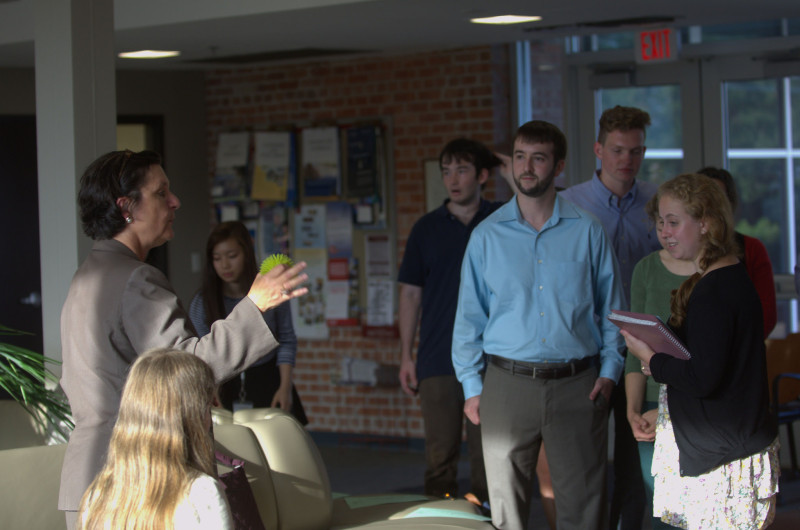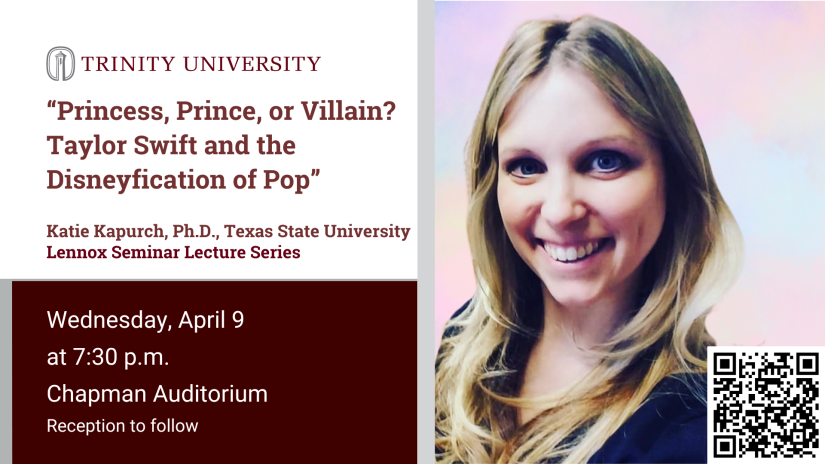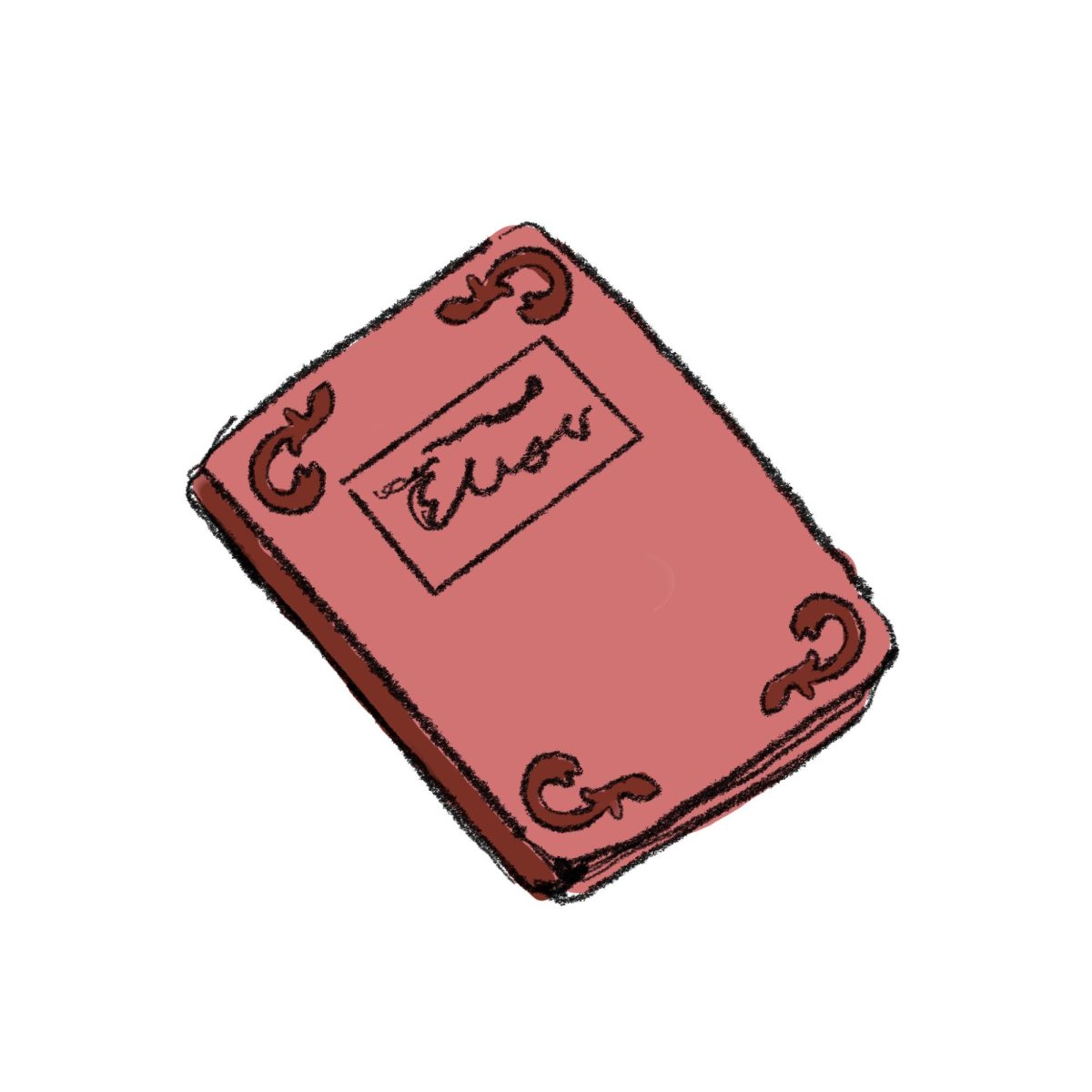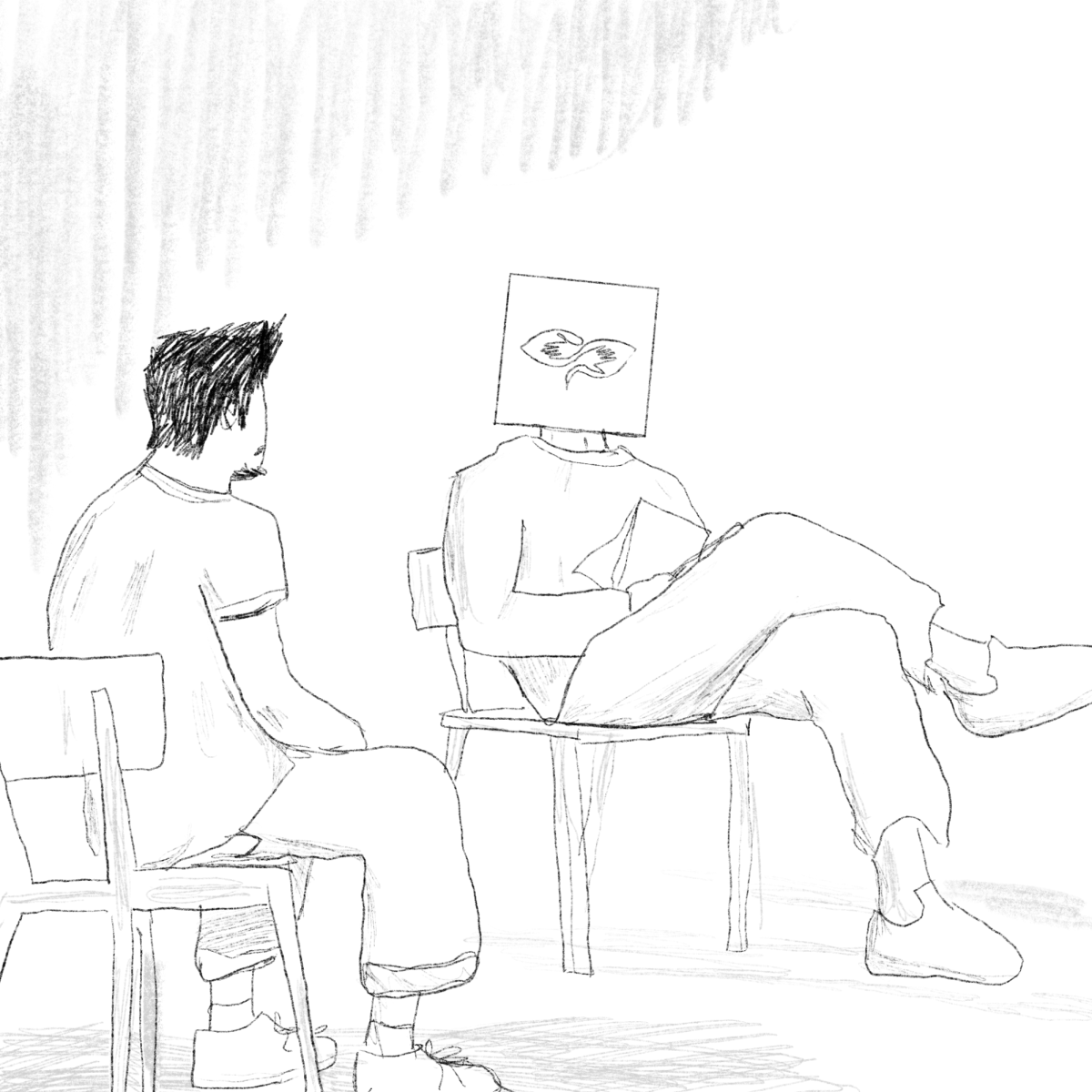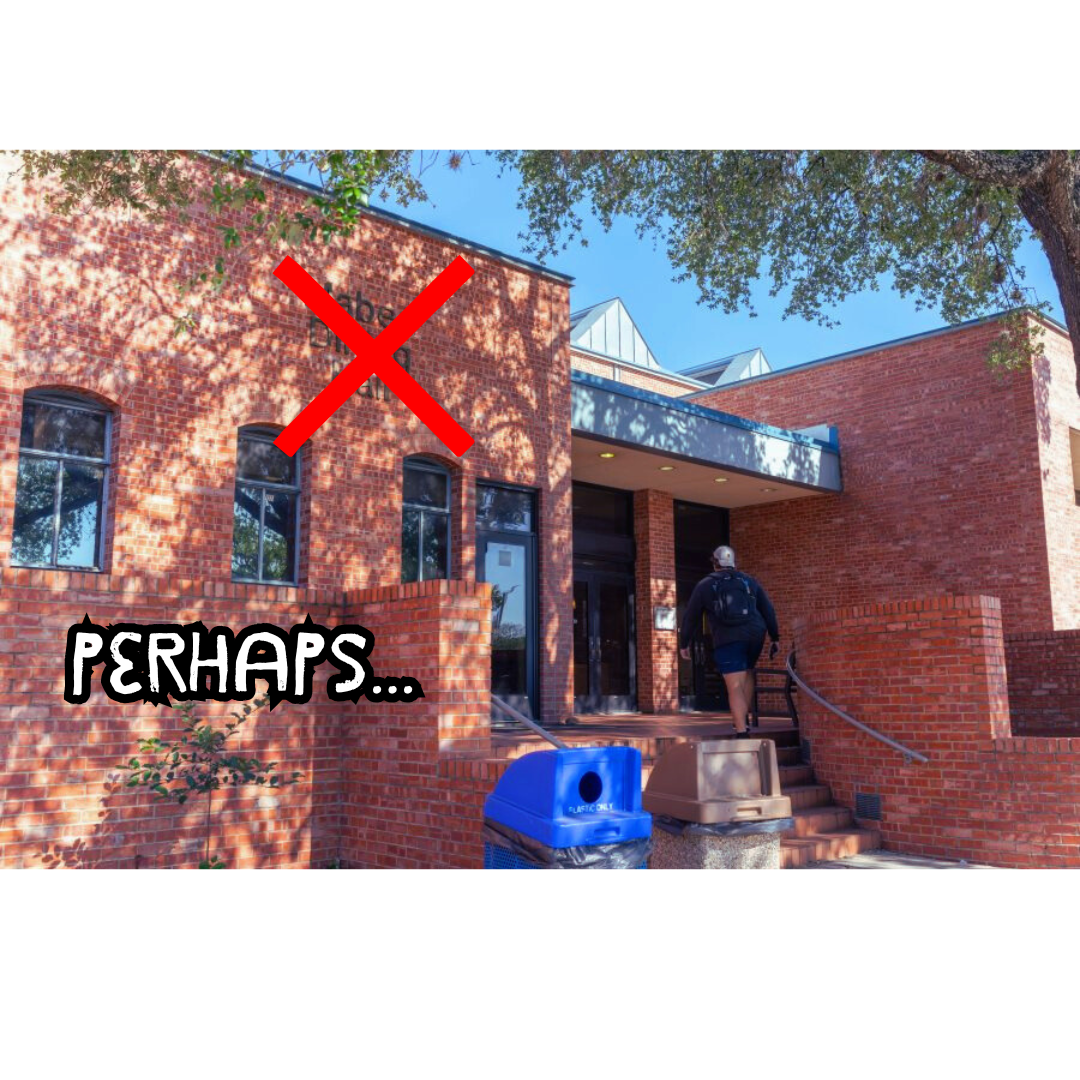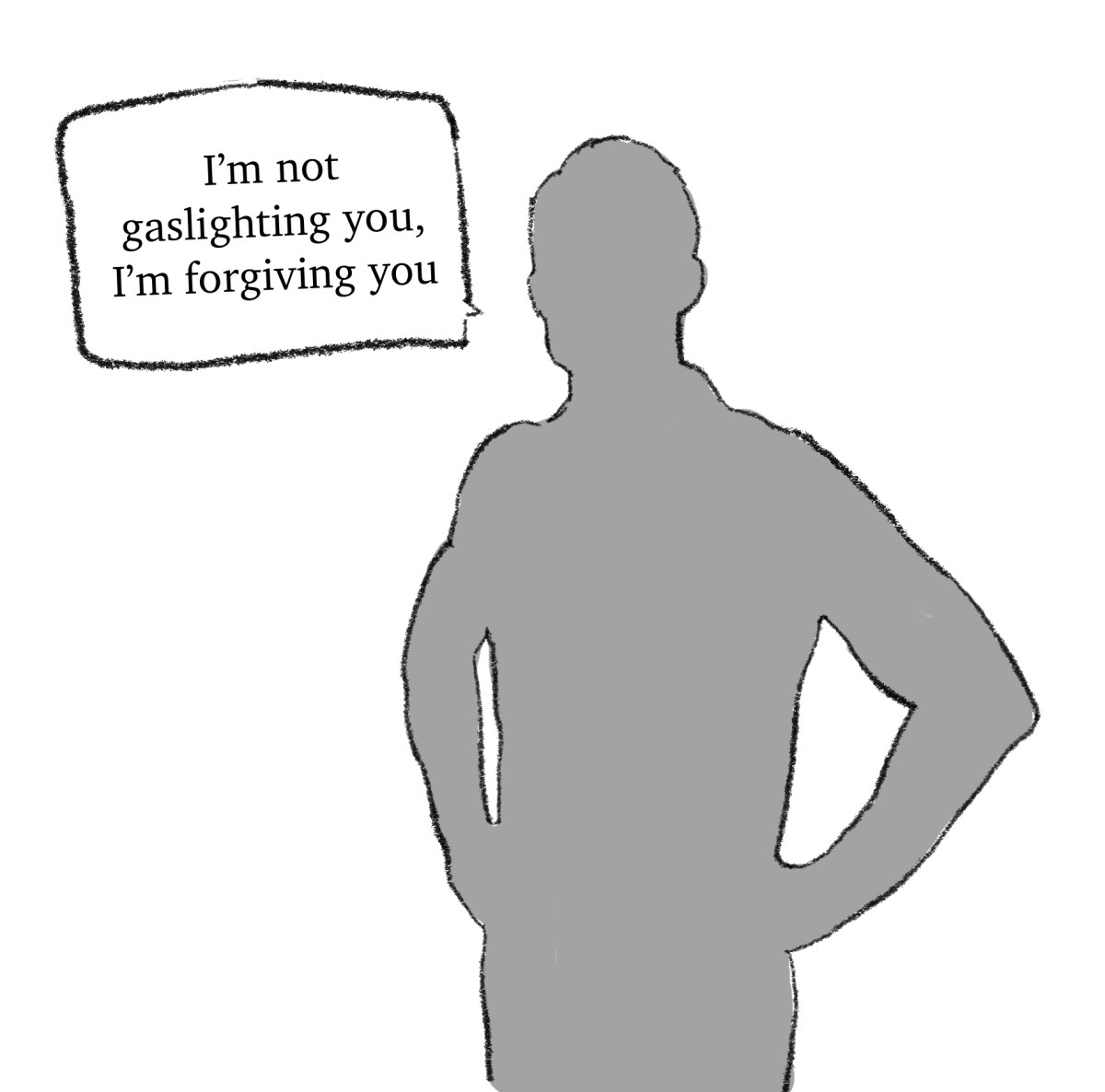As of next semester, students with an interest in teaching will be able to declare a minor in teaching through the education department. Students will have the option of either focusing on elementary education, which consists of 23 hours of courses, or secondary education, which consists of 20 hours.
The new minor was primarily created in order to award tangible credit to students who complete all the prerequisites for Trinity’s Master of Arts in Teaching graduate program. Until this point, students who have taken education classes would only have the courses listed on their transcripts.
“The minor in teaching also gives students a sequential pathway that is published that they can follow and aspire to in thinking about some additional things they can do that they might not have done just to take the prerequisites to come into the MAT program,” said Shari Albright, chair of the department of education.
The department of education also created the minor due to the increase in Texas’ state requirements for candidates entering teacher preparation programs. With the minor, students will have the option to choose a concentration on working with children with special needs or working with children who are English language learners.
“We’re seeing more and more interest from school districts in graduates having additional certifications in special education or ESL,” said Laura Allen, education professor and director of certification and assessment for the MAT program. “Lots of districts require that of teachers, so we know specializing in those areas will make students incredibly more competitive when it’s time for them to get a teaching job.”
Although the minor in teaching fulfills the prerequisite requirements for Trinity’s MAT program, it was not just designed for students interested in pursuing the graduate program. Students interested in becoming teachers, teaching English abroad or entering service areas like the Peace Corps or City Year are also encouraged to pursue the teaching minor.
“Having something official that says you have some foundation in teaching and learning is going to help when you’re applying for those types of things,” Allen said. “The minor in teaching shows that you have a core in teaching instead of just a collection of courses you have to point out to someone.”
Junior Ileana Sherry plans to declare the minor in teaching next semester. She will also be applying to the MAT program.
“What I like about the minor in teaching is that we, education””see, we don’t even have a word for it right now””we’re so passionate about it and we put in so many hours, more so than other people who have minors in other subjects, but when we graduate, we don’t have anything on our transcript that says we’ve done it,” Sherry said. “For those not pursuing the MAT program, I think that’s really been a drawback because Trinity really does prepare you, even in undergraduate, for education, they just didn’t give you anything that said they did.”
Senior Aly Kirchhof has also been taking undergraduate education classes and will be in the elementary cohort of the MAT program beginning this summer. Although she is disappointed that she won’t be able to declare the minor, she is glad that future students will be able to.
“I know I’ve told people that being involved in the education program is almost like having a second major,” Kirchhof said. “I spend more time with the education department than with the department of my major. Even though I won’t be able to declare the minor, I’m excited that future education students will get more of an undergraduate recognition for all the work that goes into the education program.”
The minor is in “teaching” rather than “education” because the courses focus on learning how to teach people rather than on policy.
“The minor in teaching really is about teaching and learning and how students are in today’s society,” Albright said. “It’s a really great opportunity for students to reflect back on their own educational experience and to look at what teaching and learning could and should look like for the future.”
Students will be able to declare the minor in teaching in mid-October but may begin taking courses for the minor before officially declaring it. However, since Pathways will be replacing the Common Curriculum requirements in next year’s catalog, there are a few steps students will need to go through in order to successfully declare the minor in teaching as well as keep their current major requirements.
The requirements for the minor can be found on the department of education’s page of Trinity’s website. For any questions regarding the minor, contact Laura Allen.

